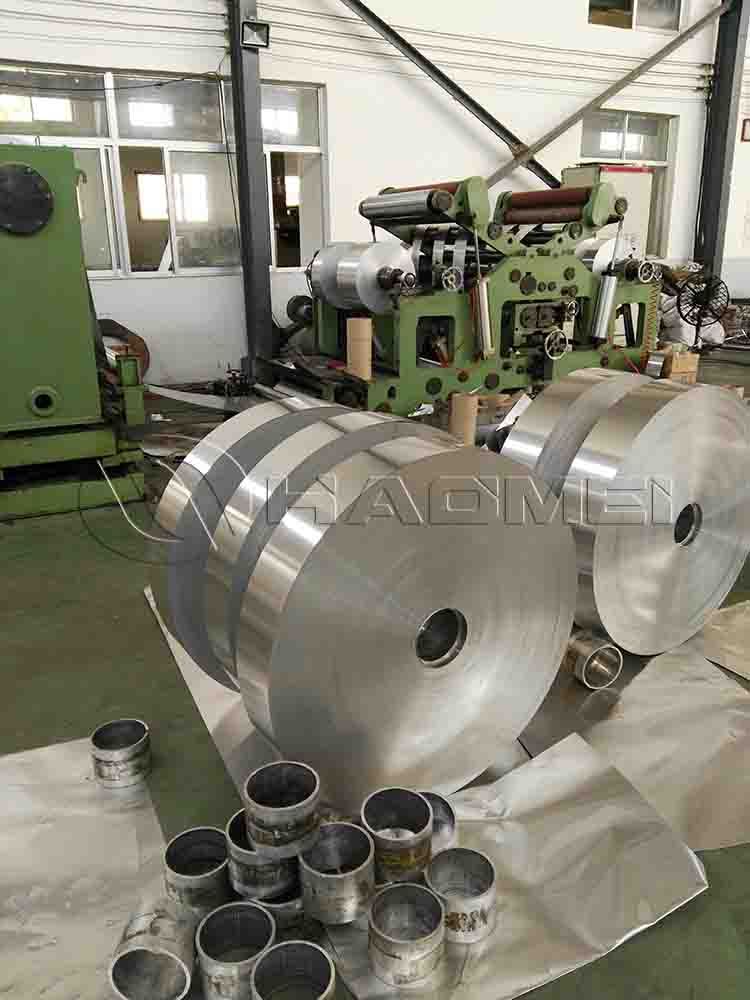Aluminum Strip for Shutters
In the field of modern architectural decoration, shutters are favored for their unique functionality and aesthetics. Aluminum strip for shutters plays a vital role.
1. Aluminum alloy for blinds
3104 and 3105 alloys: In the current shutters market, 3104 and 3105 alloys occupy a dominant position, accounting for more than 80% of the market demand. The prices of these two alloys are relatively affordable, and compared with 5052 and 5182 alloys, the prices are about 10-25% lower, which can effectively reduce production costs.
5052 and 5182 alloys: These two alloys are mainly used in the high-end blinds market. The 5182 alloy has a good balance between strength and formability, and can be processed into various exquisite blinds. Its surface treatment effect is also excellent, which can create more textured and high-grade blinds for high-end places.
1060 alloy: Although the strength is relatively low, in the application scenario of ordinary indoor blinds with low strength requirements, 1060 alloy also has a certain market share due to its advantages such as low cost and easy processing.

2. Surface treatment of aluminum strip
Anodizing: Through electrolysis, sulfuric acid, oxalic acid or chromic acid is used as the electrolyte to cause an oxidation reaction on the surface of the aluminum strips for sale to form a dense aluminum oxide film.
Powder spraying: Using electrostatic spraying equipment, polyester, epoxy resin and other powder coatings are adsorbed on the surface of the aluminum strip, and then cured by high temperature baking at 180-220℃ to form a film, and the film thickness is generally 60-120μm.
Fluorocarbon spraying: Fluorocarbon coatings are known for their excellent weather resistance and are particularly suitable for outdoor blinds. Fluorocarbon spraying usually adopts a three-coating process. The coating formed on the surface of the aluminum strip has extremely high stability and can effectively resist ultraviolet radiation and prevent the coating from aging and fading.
Paint spraying: spray the prepared liquid paint evenly on the surface of the aluminum strip, and then cure the paint layer by high-temperature baking.
Oxidation electroplating: first anodize the aluminum strip to form an oxide film layer, and then deposit a metal coating on the surface of the oxide film through an electroplating process, such as nickel, chromium, zinc, copper, etc.
3. Width and thickness of aluminum strips
Width: The actual width of aluminum strips in the current market is relatively wide, ranging from 12.7 to 1250mm. Narrower aluminum strips (such as 12.7 to 50mm) are usually used to make small blinds or as decorative strips for blinds; medium-width aluminum strips (50 to 500mm) are suitable for common blinds in general homes, offices and other places; while wider aluminum strips (500 to 1250mm) may be used for large-scale blinds in large commercial buildings, industrial plants and other places.
Thickness: The thickness of the aluminium flat strip used for blinds on the market ranges from 0.12 to 0.42mm. Thinner aluminum strips (0.12 to 0.2mm) are suitable for indoor blinds that do not require high strength and pursue a lightweight appearance; medium-thick aluminum strips (0.2 to 0.3mm) are the most widely used. While ensuring a certain strength and stability, they can also meet the normal use requirements of most blinds, whether indoors or outdoors.
Thicker aluminum strips (0.3 to 0.42mm) have higher strength and rigidity, and are suitable for making blinds that are used in harsh environments or have high requirements for wind resistance, such as facade blinds of high-rise buildings.
Original source: https://www.aluminumstrip24.com/news/aluminum-strip-for-shutters.html
Tags: aluminum strips for sale,
Previous: What Are Uses of Handuse Aluminum Strips
Next: How to Choose The Aluminum Strip Width


